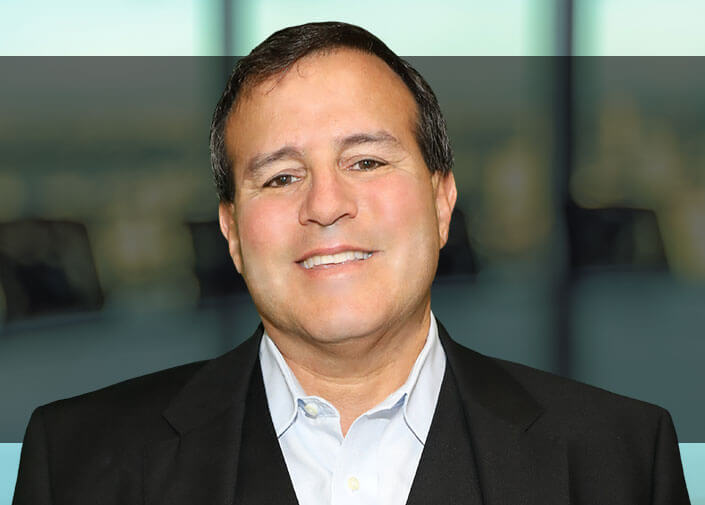We're still not teaching our children what they need to know about money.
There’s breaking news, and then there’s heart-breaking news.
Yet another study has concluded that teaching children about money will help them save more as adults. Yet another year goes by with nothing being done about it.
Recently, a nonprofit called Next Gen Personal Finance (NGPF) embarked on am ambitious and time-consuming research project. Its employees analyzed the websites of more than 11,000 public high schools, scouring them for any classes that taught anything about personal finance.
Those 11,000 high schools serve more than 13 million students, so you’d surmise a hefty portion of them would be taught something about smart spending and saving. Sadly, no…
- Only 16.4 percent of these students “are required to take a personal finance course to graduate from high school.”
- Only 1 in 20 students from low-income families attend schools with this same requirement — and they’re arguably the ones who would benefit the most.
- Only five states “have a mandated personal finance graduation requirement.” Those are Alabama, Missouri, Tennessee, Utah, and Virginia.
Those dismal numbers wouldn’t be so frustrating if no one but me cared about them. However, parents want their children to be taught these skills. The NGPF says, “More than 90 percent of parents and students believe that personal finance should be taught in schools.”
That’s very close to what I reported last year, quoting a joint study: “87 percent of Americans believe that financial literacy should be taught in schools.”
Adds Tim Ranzetta, NGPF’s founder: “While the results are disappointing, when I meet teachers at workshops and training sessions across the country, I see their passion and desire to expand access.”
This has angered and saddened me for years. Back in 2015, I took issue with Slate magazine coyly attacking financial literacy. Yet it was just this summer that Debt.com reported on test results that showed when it comes to financial literacy, “almost 22 percent of 15-year-olds from the U.S. scored below a passing grade.”
With credit card debt and student loan debt north of $1 trillion each and growing, this country needs to do more than simply be reactive. Right now, we help people get out of debt, using a mix of tools: credit counseling, debt management programs, student loan programs, and even bankruptcy.
While all of them are proven tactics for getting out of debt, none of them prevent you from getting into debt. Americans are clamoring for preventative methods.
Days before the NGPF study I cited above, Ally Bank released a poll of more than 2,000 adults, asking them about their financial fears. One line stuck out to me…
Three in five Americans (60 percent) say they know someday they will need to be more financially secure, they just don’t know how to get there. This number increases to 70 percent for those between the ages of 18-39.
If this report and others like it are to be believed, even adults crave financial education — and they certainly want it for their children. My ultimate frustration is that this solution is relatively easy, and it’s nonpartisan.
We’re not talking about complex issues like deciphering the tax code or figuring out healthcare costs. We’re talking about a simple high-school class with potentially huge results. Isn’t it worth the effort?








